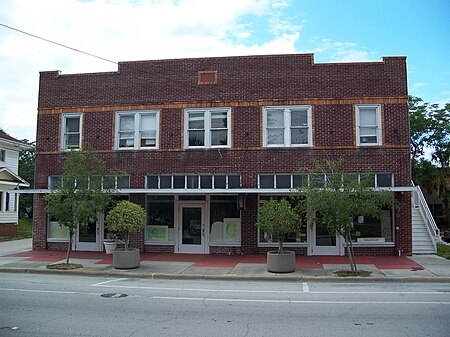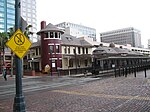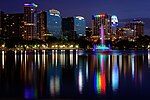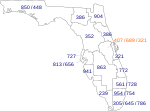Well'sbuilt Hotel
2009 establishments in FloridaAfrican-American museums in FloridaDefunct hotels in FloridaHistory museums in FloridaHistory of Orlando, Florida ... and 7 more
Hotel buildings completed in 1926Hotel buildings on the National Register of Historic Places in FloridaHotels in Orlando, FloridaMuseums established in 2009Museums in Orlando, FloridaNational Register of Historic Places in Orange County, FloridaUse mdy dates from August 2021

The Wells'Built Hotel (or Wells' Built Hotel) is a historic hotel that is now an African-American museum. It is located in Orlando, Florida, in the center of Orlando's historic Parramore district, at 511 West South Street. Dr. William Monroe Wells built the hotel, and a nearby entertainment venue, for African Americans visiting Orlando. During the segregation era, this hotel served as host to several now-famous African-American performers. On February 4, 2000, it was added to the U.S. National Register of Historic Places.
Excerpt from the Wikipedia article Well'sbuilt Hotel (License: CC BY-SA 3.0, Authors, Images).Well'sbuilt Hotel
Chapman Court, Orlando
Geographical coordinates (GPS) Address Nearby Places Show on map
Geographical coordinates (GPS)
| Latitude | Longitude |
|---|---|
| N 28.538055555556 ° | E -81.385833333333 ° |
Address
Chapman Court 415
32805 Orlando
Florida, United States
Open on Google Maps









